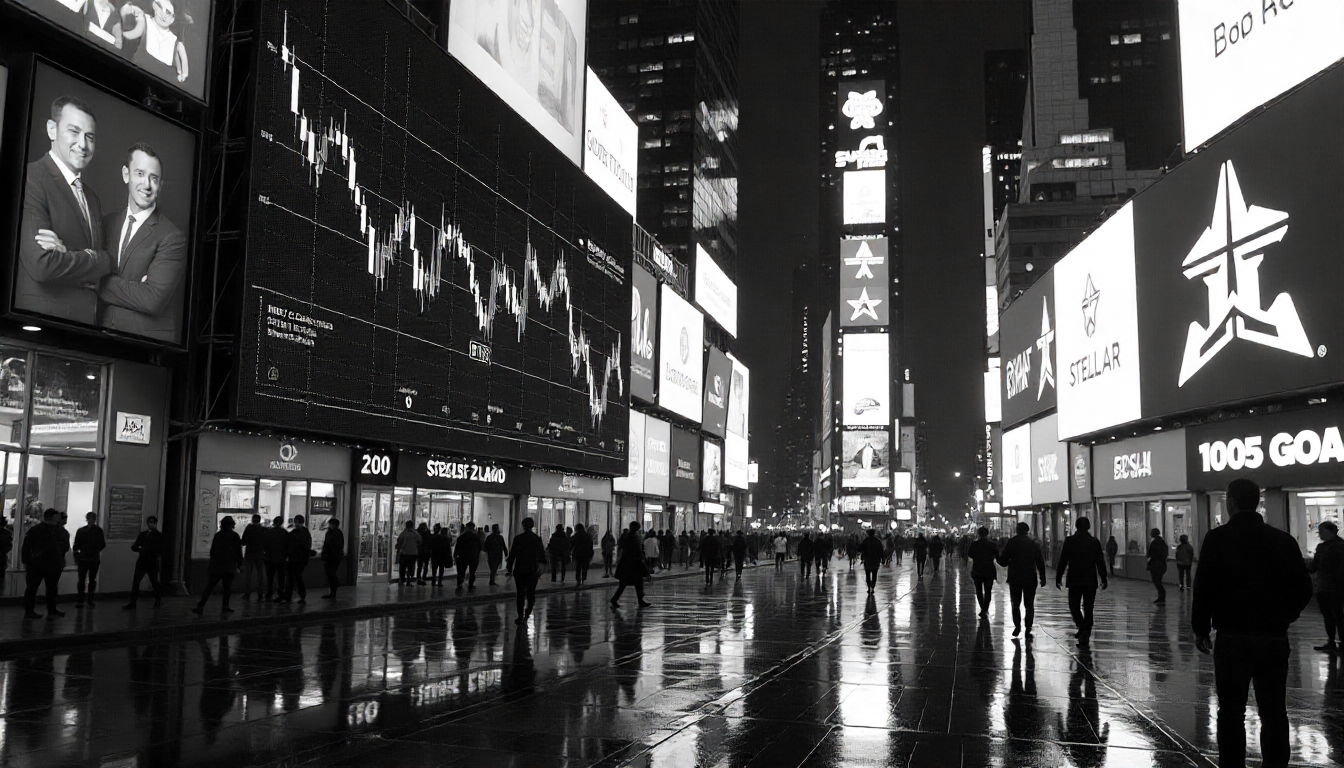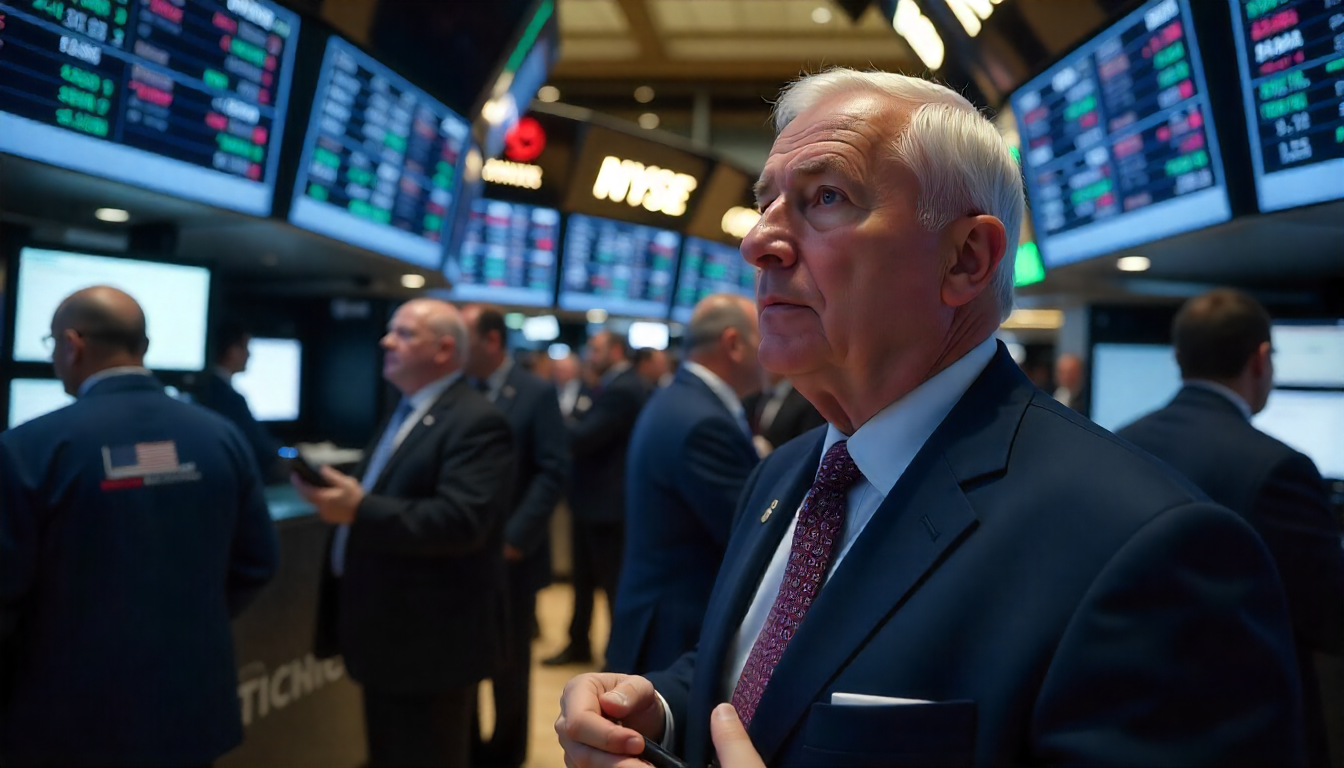Van Straten suggests that Bitcoin might need multiple attempts to surpass the $100K psychological threshold.
Historically, Bitcoin has required between 20 to 30 attempts to break through significant round-number price levels, driven largely by the psychological behavior of market participants. In crypto markets, round numbers often carry a heavy psychological weight, and investors are prone to panic-selling when price gains falter near these key levels.
Conversely, some traders try to preemptively adjust their positions, causing a feedback loop that makes these barriers more difficult to overcome, almost turning them into self-fulfilling prophecies.
Currently, Bitcoin faces the psychological sell wall at the $100,000 mark. While earlier analyses have pointed to factors like profit-taking, short-term holders giving up, and insufficient demand to push the price higher, it’s also valuable to explore whether there’s an established pattern.
A closer look at historical data from Glassnode reveals that Bitcoin usually takes multiple attempts to break through psychological price barriers. The analysis focused on price movements when Bitcoin came within 2% of a multiple of $10,000.
Bitcoin’s first close above the $10,000 mark was in December 2017, but following the market crash, the cryptocurrency struggled to regain that level until 2020. It closed within 2% of $10,000 a total of 21 times before finally surpassing it. This stretch represents one of Bitcoin’s longest periods spent within a narrow price range.
Each subsequent $10,000 increment followed a similar pattern, with Bitcoin closing within 2% of each milestone between 15 and 30 times before breaking above it. This continued through $70,000.
However, after Donald Trump’s election victory in November, the pattern changed. Bitcoin surged through $80,000 and tested $90,000 only three times before finally breaking through.
This leaves the $100,000 threshold unexplored territory. Bitcoin has closed within 2% of this level on November 21 and 22, prompting speculation about whether it will follow the historical pattern of requiring 20 attempts, or if it will defy tradition and break through on the third try.
Share this content:













